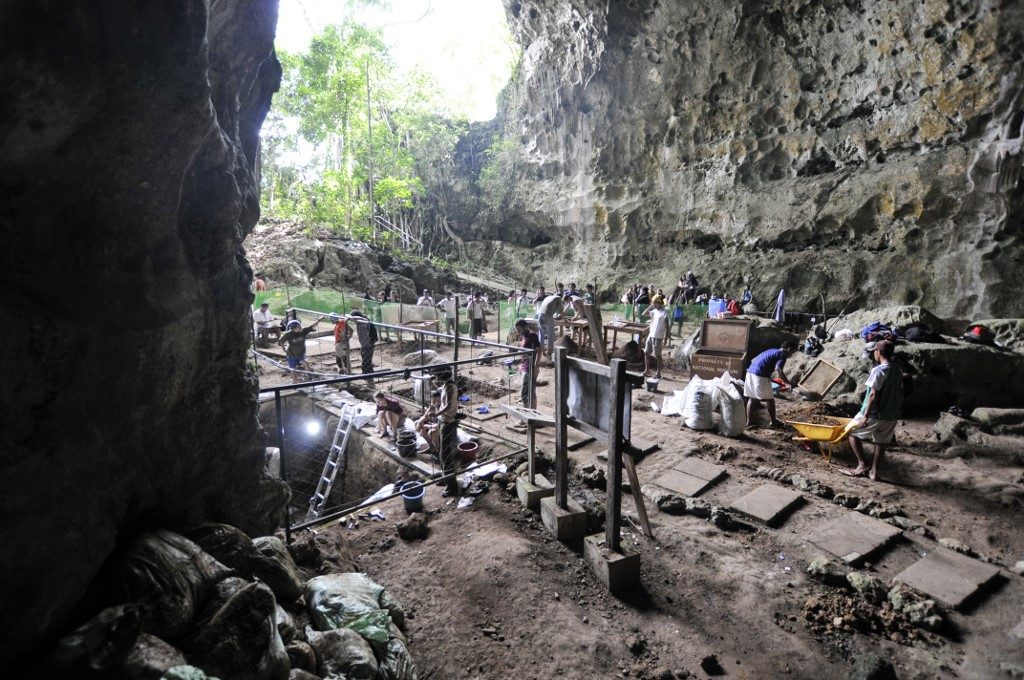SUMMARY
This is AI generated summarization, which may have errors. For context, always refer to the full article.

MANILA, Philippines – The discovery of the new human species called Homo luzonensis in Cagayan may have rewritten the history of human evolution, but it also raised a lot of questions.
For instnace, what is the Homo luzonensis‘ lineage? How and when did it reach the Luzon Island? Did it arrive big or small?
University of the Philippines Associate Professor Armand Salvador Mijares and his team are hopeful that they will find answers to these questions when they go back to Cagayan for another research expedition – their fifth – this February.
“Right after the conference, by next week, we’re actually beginning our trip season to excavate again,” Mijares said. (READ: Paano babaguhin ng Homo luzonensis ang kasaysayan ng mundo?)
The research team, composed of students and alumni of the UP Archaeological Studies Program together with a number of international scholars, will be digging in Callao Cave for 6 weeks.
The announcement was made during the International Conference on Homo luzonensis and the Hominin Record of Southeast Asia held in UP Diliman on Monday and Tuesday, February 3 and 4.
“We would like to find more diagnostic human remains for further research on the new hominin species Homo luzonensis,” the team said.
Diagnostic human remains may correspond to larger bone pieces like a mandible (jaw bone) or a skull cap.
During the conference, Mijares also highlighted how the discovery of Homo luzonensis made Southeast Asia an important region for evolutionary studies, following the discoveries of Homo floresiensis in Flores, eastern Indonesia, and much earlier, Homo erectus in Java, Indonesia.
His collaborators then zeroed in on the different aspects of the discovery, from the other fossils found in the same cave where Homo luzonensis was excavated, how the fossils were dated, to how the teeth served as the “black box” of paleontology, unlocking many diagnostic features of the newly discovered human species. (WATCH: Ang Homo luzonensis bilang ambag ng Pilipinas sa sensiya)
Meanwhile, the National Museum is set to unveil a cultural marker at the Callao Cave complex – where the Homo luzonensis was dug up – in Peñablanca, Cagayan.
The marker officially recognizes the Callao Cave complex as an “Important Cultural Property” under the National Cultural Heritage Law of 2009. The unveiling will take place on Thursday, February 6.
Under the law, an Important Cultural Property is “a cultural property with exceptional cultural, artistic, or historical value to the Philippines, as determined by the National Museum or other cultural or historical government agencies.” – Rappler.com
Add a comment
How does this make you feel?
There are no comments yet. Add your comment to start the conversation.